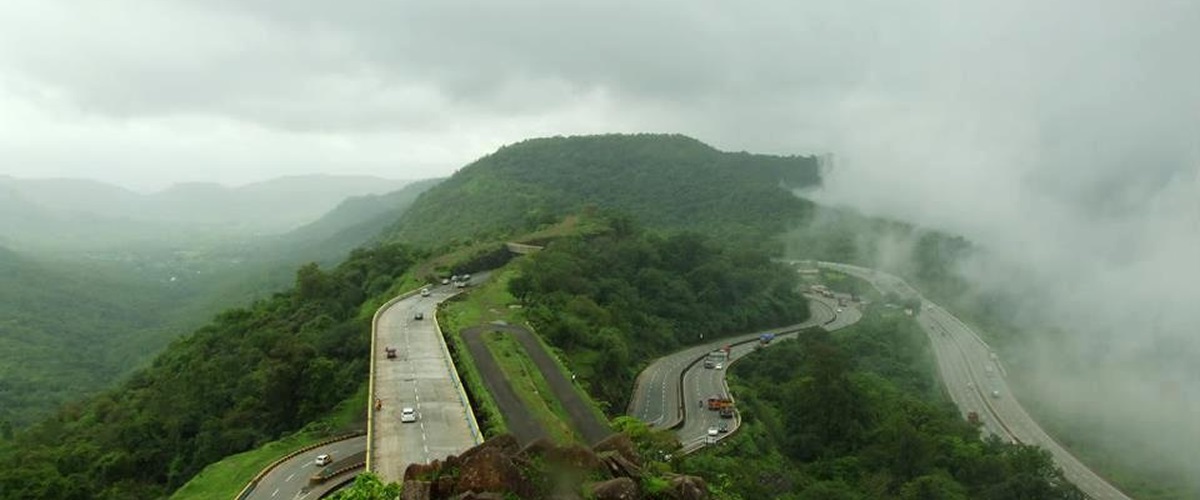Murree is an exurb of Islamabad and the administrative centre of Murree Tehsil, in the Punjab province of Pakistan. It is in a subdivision of Rawalpindi District and includes the parts of the Margalla Hills around Islamabad. It is located in the Pir Panjal Range, some 60 km (37 mi) northeast of Islamabad and Rawalpindi via the Murree Road.
Murree is a mountainous area, forming part of outer Himalayas. It consists of four gradually increasing supers. On highest among them is situated Murree city itself at height of 7500 feet. Others include Patriata, Kuldana and Gharial. It is bounded by River Jehlum in the east, NWFP districts of Abbottabad and Heripur to the North and West, Islamabad Capital Territory to the Southwest and Kotli Sattian Tehsil (town) of Rawalpindi district to the South.
During the Mughal period all hilly and semi hilly areas east of Haripur plains were part of Fatehpur Babari (Rawalpindi) under the the governorship of Gakkars. Murree, Kahuta, Kotli Sattian, parts of present day Haripur and Abbottabad districts formed part of the Khakhar governorship. The Hazara plains, present district of Haripur were part of Attock district while the Mansehra region, then called Pakhli sarkar was governed from Kashmir.
The writer of Gazetter of Hazara 1883-4 states that Khanpur, the Dhund and Karral country including the Rojoiya Ilaka (region) were part of the district. All the tribes acknowledged nominal supremacy of the Gakkars. However, as the Mughal power declined the Dhunds, Karrals and Jadun started to assert themselves and refused to pay any revenue to anyone. The situation seems to have continued during the Afghan period. In the local parlance this era in the history is called "apraji" or self rule.
Murree was the summer capital of the Punjab Province of British India until 1864. The hill station is a popular getaway destination for Islamabad's populace. It is located on the southern slopes of the Western Himalayan foothills as they ascend northeastwards at an average altitude of 2,291 metres (7,516 ft). It experiences pleasant summers and cold, snowy winters. The city is noted for its Tudorbethan and neo-gothic architecture dating from the colonial era.





